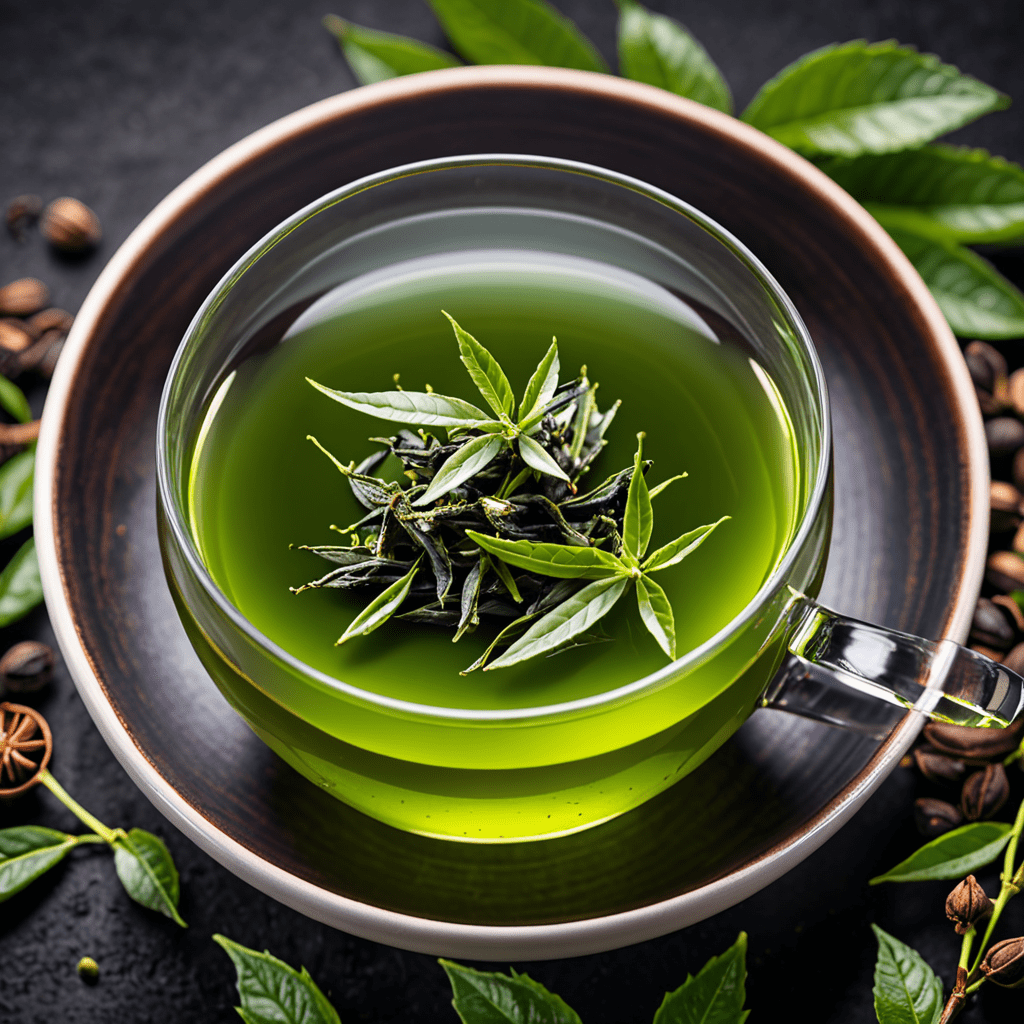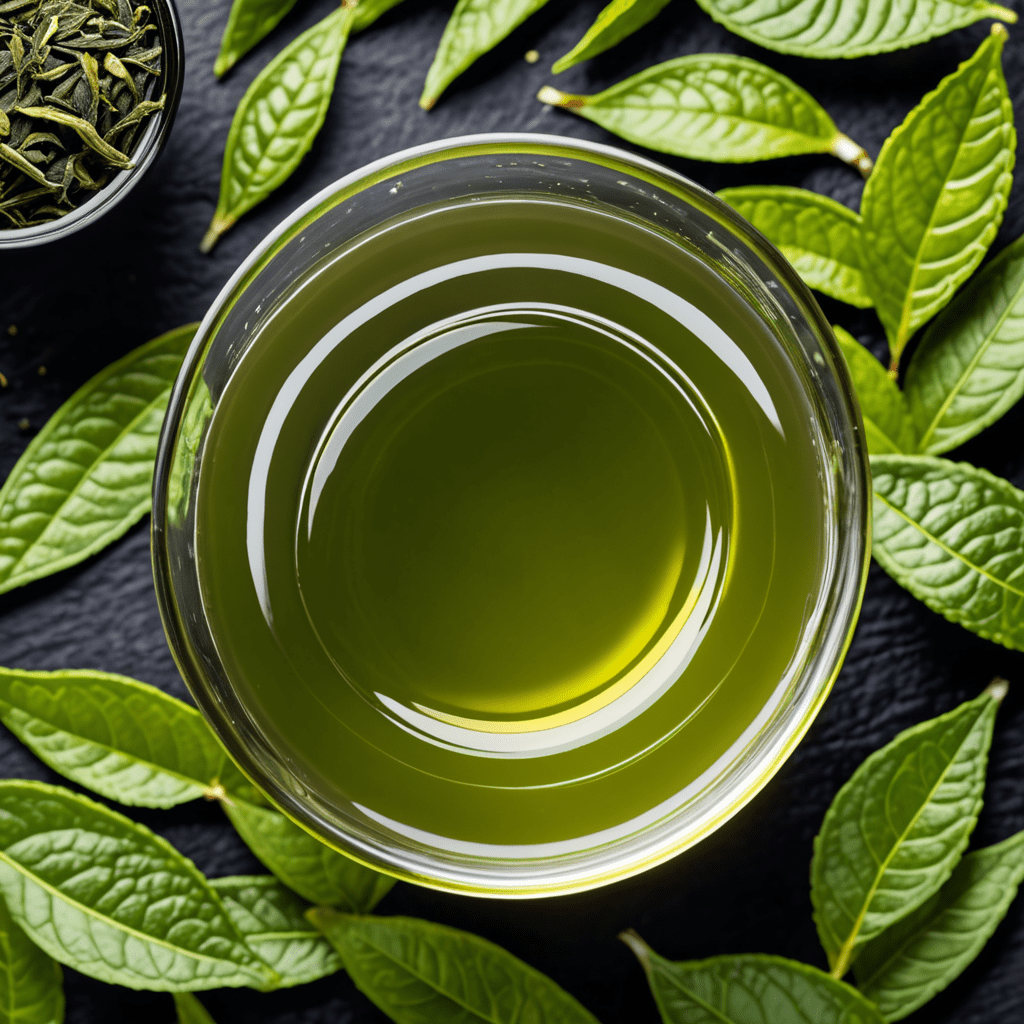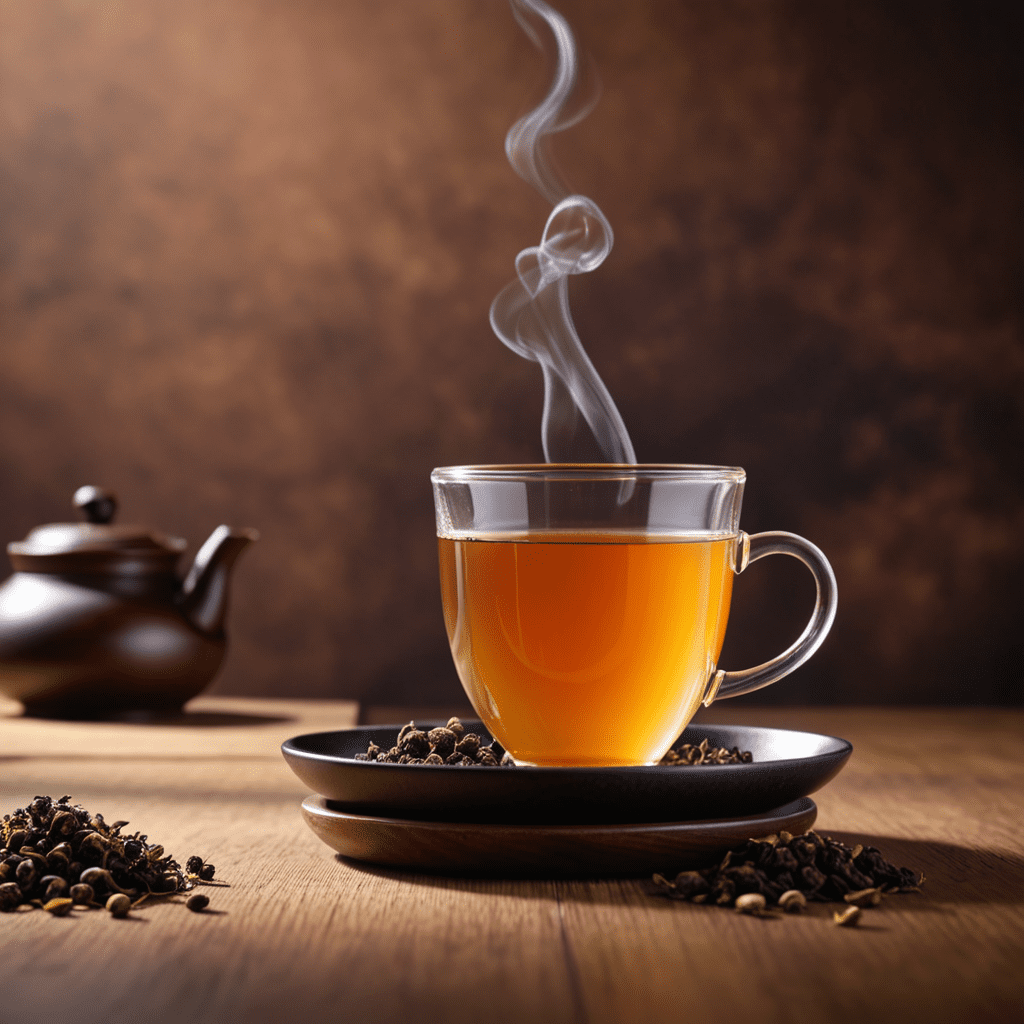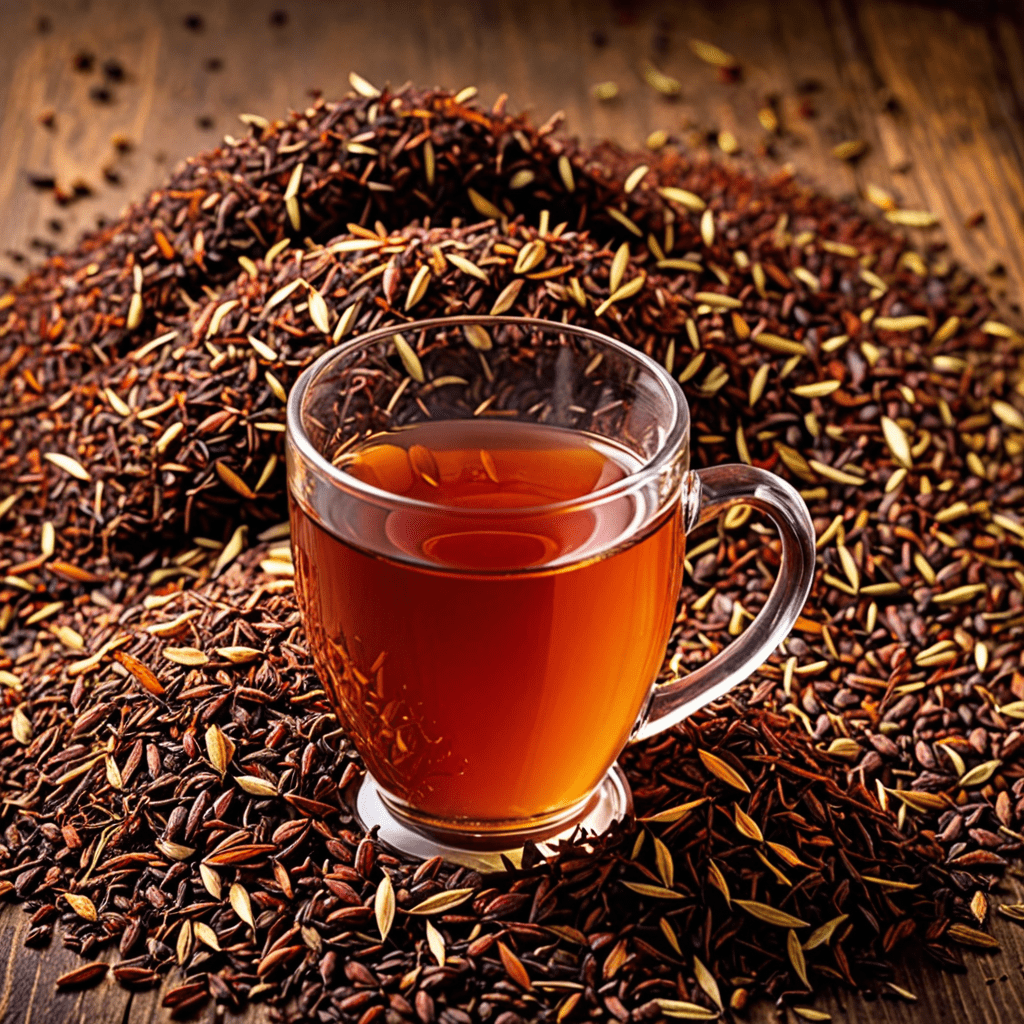
The Underrated Charm of Bancha Green Tea
If you’re a tea enthusiast seeking to expand your repertoire of flavors, bancha green tea might just be the delightful discovery you’ve been searching for. This Japanese green tea, often overshadowed by its more famous counterparts, offers a unique taste and an array of potential health benefits. Let’s delve into the intriguing world of bancha green tea and uncover the reasons it deserves a place in your tea collection.
Understanding Bancha Green Tea
Bancha green tea, known for its mild flavor and earthy undertones, is a type of traditional Japanese tea made from the mature leaves of the Camellia sinensis plant. Unlike sencha, another popular Japanese green tea variety made from younger tea leaves, bancha is harvested later in the season, resulting in a subtly different taste profile.
The Production Process
After harvesting, the leaves undergo a steaming and drying process to prevent oxidation, which preserves the vibrant green color and natural antioxidants. The resulting tea exudes a delicate aroma and a refreshing, slightly astringent flavor.
Health Benefits of Bancha Green Tea
Beyond its enticing taste, bancha green tea offers a range of potential health benefits. Being a rich source of antioxidants, it may contribute to overall well-being and support the body’s defenses against oxidative stress. Additionally, some studies suggest that regular consumption of green tea, including bancha, may be associated with various health-promoting effects, such as improved heart health and enhanced cognitive function.
Exploring Bancha Green Tea Variants
While the traditional bancha green tea holds a special place in the world of tea, there are also intriguing variations to consider. Hojicha, for instance, is a roasted green tea made from bancha leaves, offering a unique nutty flavor and lower caffeine content. Other blends and infusions incorporating bancha as a base can further expand the range of experiences available to tea enthusiasts.
How to Brew Bancha Green Tea
When preparing bancha green tea, it’s best to use water at a lower temperature than that used for other green teas, typically around 175°F (80°C), to avoid any potential bitterness. The steeping time is relatively short, usually 1-2 minutes, to ensure that the delicate flavors are not over-extracted. Experimenting with different brewing techniques can help find the perfect balance for your taste preferences.
FAQ
What sets bancha green tea apart from other green tea varieties?
Bancha green tea’s unique characteristics stem from its harvesting process, which involves utilizing mature tea leaves. This results in a milder flavor compared to other green teas, along with a subtle astringency that adds depth to the overall taste experience.
How does bancha green tea contribute to a healthy lifestyle?
As a rich source of antioxidants, bancha green tea may offer beneficial effects for overall health. Its potential to support heart health, cognitive function, and overall well-being makes it a valuable addition to a balanced lifestyle and a varied tea selection.
Does bancha green tea contain caffeine?
While bancha green tea does contain some caffeine, it generally contains lower levels compared to other green tea varieties. This makes it a suitable choice for those seeking a milder caffeine intake while still enjoying the benefits and flavors of green tea.


